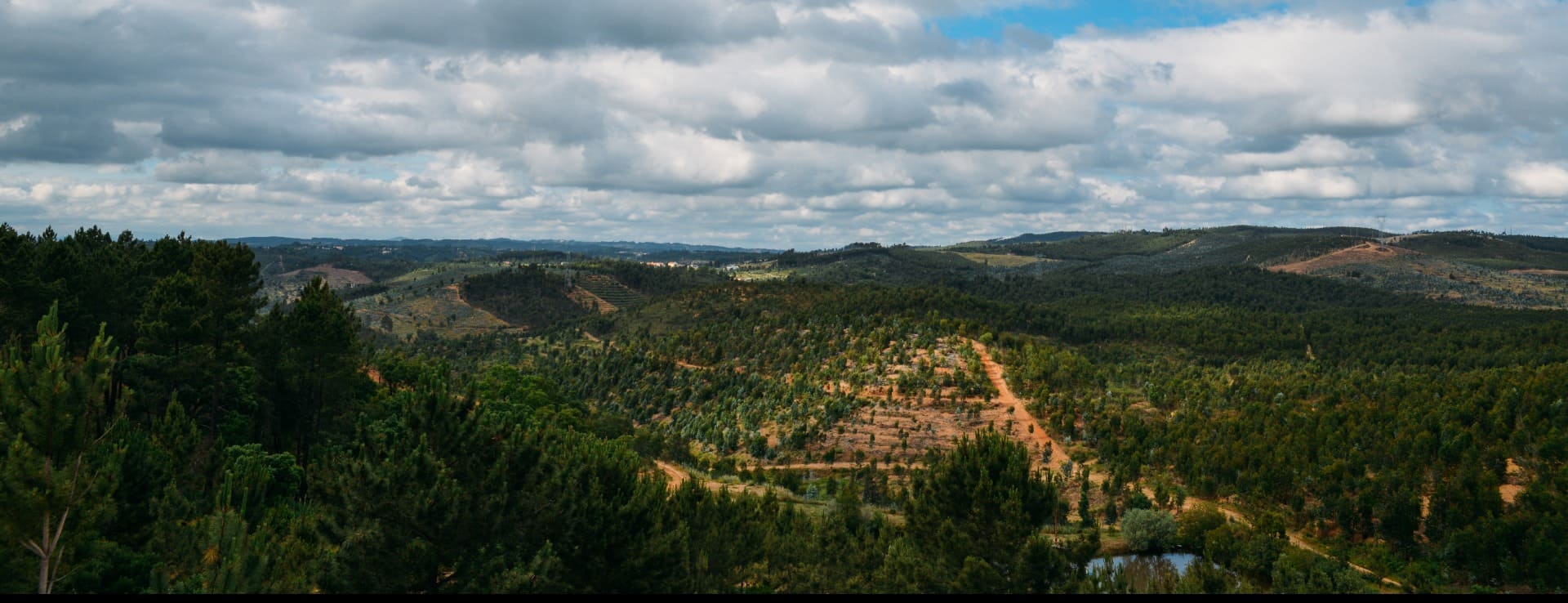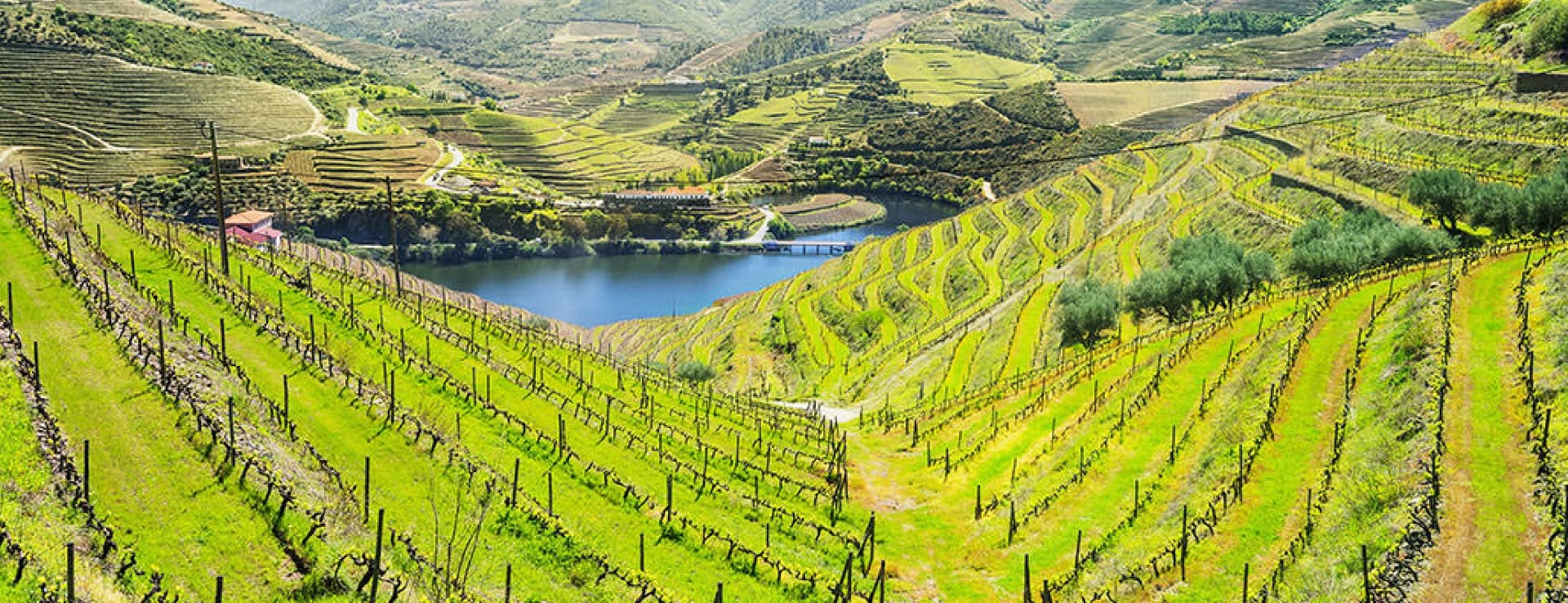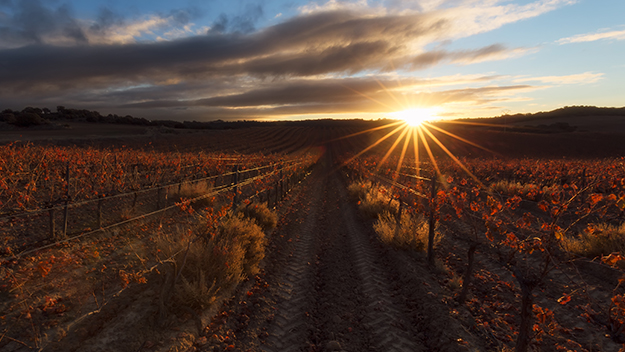Find your winery or vineyard
3 Wineries and Vineyards for sale in DOC Tejo

Estate with 50 ha, from which 25 ha are vineyards and winery.
DOC Alentejo
Infographic of the Denomination of Origin

Change to imperial units (ft2, ac, °F)Change to international units (m2, h, °C)
Number of wineries (2017):
94
Total surface area:
2.500 ha6.178 ac
Maximum production allowed:
6.500 kg/ha5.799 lb/ac
Altitude of the vineyards:
Min: 50m
Max: 400m
Min: 164ft
Max: 1.312ft
Temperature:
Min: 12º
Max: 18º
Min: 54°F
Max: 64°F
Yearly rainfall:
650 l/m260 l/ft2
DOC TEJO
LOCATION AND HISTORY
The wines of this region have been known since even before the foundation of the country. Through several forums and privileges that were granted to the region by the first kings of Portugal, we can see the importance that wine has had throughout history.
Thus, in the charter of D. Afonso Henriques to the city of Santarem in 1170, it was determined that the labourers would be given an eighth of bread, wine and linen. In his will, D. Sancho II wrote that he left part of his vineyards in the municipality of Santarem to the Monastery of San Jorge. In 1364, Don Pedro I prohibited by law the entry into Santarem of wines from outside until St. Mary of August because he had spent a great deal of money to pay for the vines. Later, in 1367, D. Fernando allowed the inhabitants of Santarem to sell their bread and wine at whatever price they wished. D. Alfonso V in 1450 ordered that all foreigners who loaded wine in Santarem by ship for foreign countries be exempted from paying. D. Joao II in 1471 prohibited the entry of wines from regions outside Santarem in order to protect his wines.
The measures of protection and development dedicated to winemaking reveal well the wine tradition of the region and the source of wealth it represented at that time for the nation. Immediately after the Lisbon region, Tejo (formerly Ribatejo) is one of the most important wine-growing regions of the country, it should be noted that Ribatejo is still the agricultural heart of the country.
It is made up of the councils of Azambuja, Cartaxo, Rio Maior, Santarem, Almeirim, Alpiarça, Chamusca, Golega, Salvaterra de Magos in the lower Tagus basin. The sub-regions of this DOC are Tomar, Chamusca, Santarem, Almeirim, Cartaxo and Coruche.
SOILS AND CLIMATE
But there are three main terroirs of the Tejo: Lezíria (central area on both sides of the Tejo), Charnercas (eastern and southern area) and Bairro (northern and western area).
Lezíria is the fertile area of the region from Benavente in the south to Abrantes in the north on both sides of the Tagus. It is also known as campo or borda d'agua because of the floods it suffers every winter from the waters of the Tagus. The state company das Lezírias was founded in 1836 by the Portuguese crown and works 18,000 ha of vineyards and cork oaks. The productive white variety Fernao Pires is the queen of the Lezíria.
To the southeast of the Lezíria is the Charneca or also called areia or the Terraços do Tejo. It corresponds to the sub-regions of Chamusca and Coruche. This area is known for hunting and bullfighting. With a more arid and continental climate as you move away from the river, the Charneca is the area of the best Tejo wines, mainly reds of the Castelao (Joao de Santarem) and Trincadeira varieties with other varieties such as Syrah, Touriga Nacional and Alicante Bouschet. In the southern area around Coruche the rainfall is even lower and the wines begin to have a structure more similar to the Alentejo, in this area the sandy plains are watered by the rivers Sorraira, Alamansor and Magos which are tributaries of the Tagus. This area is known as the pre-Alentejo.
North of the Tagus River is the so-called bairro with calcareous clay and slate soils near Tomar. From Azambuja to the Serras de Candeeiros and Serra d'Aire with a climate strongly influenced in some parts by the Atlantic and with a puvliometry of 800 m3 is the least important wine sub-zone. It corresponds to the sub-regions of Cartaxo, Santarem and Tomar. Rio Maior is the northernmost area of the region and has more in common with the Lisbon region than with the Tejo due to its more Atlantic influence.
Composed almost entirely of Tertiary or Quaternary formations, the soils of the region are mostly alluvial, but there are also clayey, clay-limestone soils of lesser capacity and sandy soils where vines grow well. The vineyard nowadays is about 17.000 ha and only 2.500 ha in the AOC Tejo.
On the climatic aspect, the region can be included in the sub-Mediterranean belt that extends from the Alentejo coastal half to the Algarve mountain range. The annual rainfall is between 500 and 700 mm.
GRAPE VARIETIES
Tejo produces more white wine than red, the whites from the varieties Fernao Pires, the most predominant in the region, Boais, Jampal, Terrantez and Rabo de Oveja. The most predominant red varieties are Trincadeira, Mortágua, Joao de Santarem and Preto-Martinho. The red wines produced in the districts of Cartaxo, Azambuja and Rio Maior, with excellent ageing conditions, are highly appreciated in Lisbon.
WINERIES
The most important wineries are in Cartaxo and Almeirim. Quinta de Alorna, Joao M. Barbosa, Casa Cadaval, Quinta do Casal Branco, Falua, Fiuza, Quinta da Lagoalva, Rui Reguinga.
Discover more wineries and vineyards for sale in these wine regions in Portugal
Subscribe to our mailing list to receive news about wineries and vineyards.











